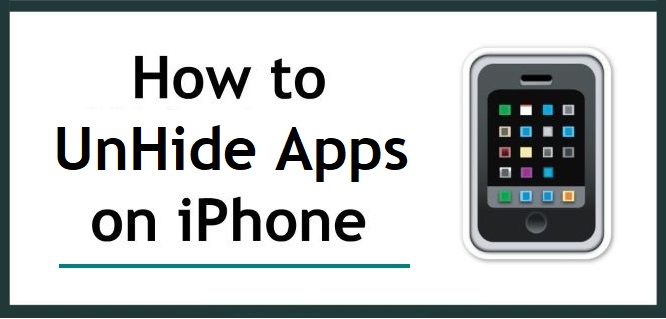Are you looking for the fastest guide on how to transcribe an interview or tips to transcribe an interview?
Then you are in the right place. Here on ElochiBlog, I have gathered the best ways to transcribe an interview for free.
Transcribing an interview is the next thing to do after recording an interview.
Hence, this requires your time more than just recording an interview.
To transcribe an interview, you must be patient, edit carefully, and have good listening and typing skill.
However, you will need to take enough of your time when transcribing and maintain accuracy.
Nevertheless, people find it difficult and keep asking questions on achieving this in the best and fastest methods.
Following the recent search queries, these are some of the questions people also ask;
- What is the easiest way to transcribe an interview?
- How do you transcribe an interview sample?
- How long does it take to transcribe an interview?
- What does it mean to transcribe an interview?
- How to transcribe an interview for free?
Today, you will get answers to all these questions here in this article.
No need to worry again; I will show you the essential tips for transcribing an interview and the proper interview transcription guidelines.
Read Also: How to Unlink Facebook from Instagram App
How to Transcribe an Interview for Free [The Easiest Way]
Firstly, you need to write out the names of the interviewer and interviewee, the date, time, and location where it happened.
Interviews are usually in question-and-answer format, so when typing, play the recorder or tape gently at a time and type it carefully as you listen.
Do this repeatedly, and remember to include both the questions and answers by the interviewee.
When transcribing, some words might not be clear, and you need to transcribe every single word.
Now, please read the whole sentence and make a smart presumption, then write in your own words and put it in a bracket showing it’s not from the primary source.
On your transcribing copy, put every new idea or suggestion in a paragraph to specify it and add a few spaces in between the interviewer and interviewee.
After drafting out the first copy, you need to listen to the record again and at the same time read the transcribed interview. Then make corrections if necessary.
The next thing now is to properly edit the transcribed interview, clearing unnecessary punctuations and abbreviations.
When making the final copy, carefully correct every grammatical error in the content.
Also, edit or remove too many verbal tics like “Then we,” “You know,” “I mean”, and modify words like ‘huh,’ ‘hmm,’ ‘um,’ ‘uh’ etc. they cause distraction in a text.
For more accessible and future references, make sure to save each stage of the transcribed interview copy in a separate file.
For the last time, check your spelling.
There you are; it is now ready to be published.
Read Also: How to Cite a Survey Report (2 Best Formats)
Conclusion:
Indeed, transcribing interviews takes time. But, following the above methods and steps listed here will help save you a little time.
And that is all on how to transcribe an interview, and the necessary interview transcription guidelines.
I believe you have successfully learned how to transcribe an interview for free.
Now, it is time to go and transcribe that interview work without much stress.
Enjoy!

